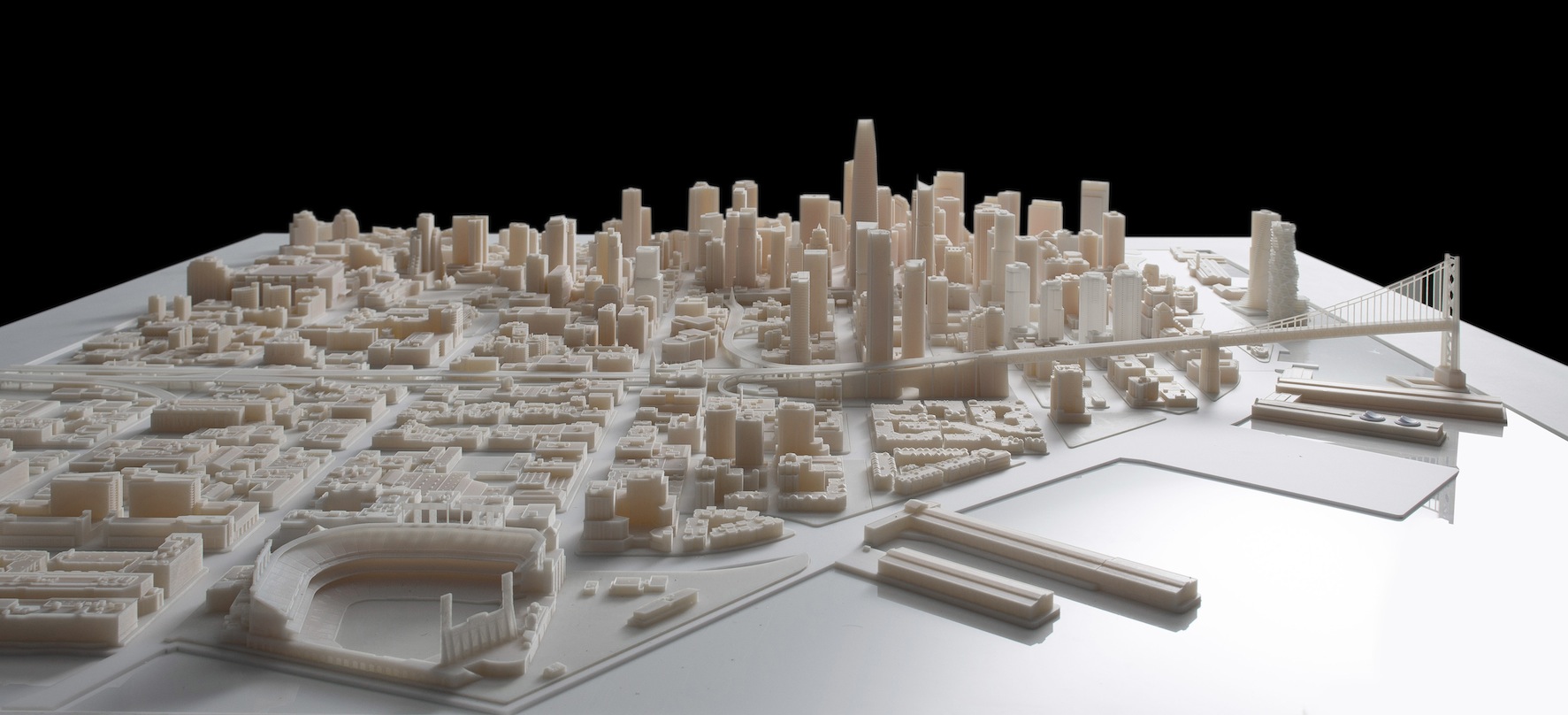New York City consists of over 325 neighborhoods. But few New Yorkers include more than a handful on their mental map. For prospective home buyers and renters, the regions on that map light up according to perceived real estate prices, with “destination” neighborhoods glowing the brightest, and illuminating a halo of other districts around them that might be considered affordable.
But the general sense of pricing in New York City is inaccurate at best. The most-frequently cited statistic about the city’s housing prices is that the average apartment sells for $1,200 per square foot. This figure implies that New York City is a monolithic market. Experience tells us that nothing could be further from the truth.
For fun, my partner Cat Callaghan and I gathered pricing data from StreetEasy, Trulia, Zillow, and RedFin on housing prices within the individual neighborhoods of New York City, and used these to create an unconventional data visualization.
Rather than display the housing sales price data as a heat map, we chose to create a detailed map of the city’s 325 neighborhoods and to extrude them based on the sales price per square foot — sort of a bar chart overlaid upon a city map. We felt that, visually, seeing the difference in heights on a 3D map would make the data more accessible and compelling.
From our partners:
This map helped us recognize how diverse the city’s housing markets really were. They ranged from $110 per square foot in Woodlawn, Bronx to over $3,393 per square foot around Central Park South.
Manhattan itself ranged from $430/sq.ft in Inwood to over $3,000 in NoLiTa. The 3D map shows the decline in prices as commute times increase. As one moves up the island: $1,600/sq.ft for the Upper West Side, to $800/sq.ft. for Morningside Heights, to $617 in Hamilton Heights, to $430 in Inwood.
The 3D visualization also highlights several surprisingly affordable neighborhoods very close to Manhattan. Parts of Jersey City are about a 10 minute commute to the Village, and are about $450/sq.ft. And for comparison, the comparably-priced neighborhoods in Brooklyn or Queens would have a 30–40 minute commute.
One of the most surprising bits of data was the Syrian orthodox enclave within Gravesend. While Gravesend averages $470/sq.ft., the section between Avenues S and U, averages $2,000 per square foot. Houses sell for $10–12M, putting it among the most expensive neighborhoods of the city by median price. (And if one simply averaged the entire neighborhood, this interesting enclave wouldn’t be visible. At a time when developers and brokers are creating unnecessary new neighborhood names to promote emerging areas (the cringeworthy “ProCro” and “Bedwick” come to mind), this area constitutes such a different market that it actually merits a different name.
Looking at the data visualization, we were also struck by how many neighborhoods sold for an average of $200 or less per square foot. In Brooklyn, Canarsie ($278/sq.ft.) and East New York ($226/sq.ft.). In Queens, Bayside Hills and Far Rockaway ($215/sq.ft.), Jamaica Hills ($205/sq.ft.). In the Bronx, Bronxdale and Hunts Point ($152/sq.ft.). For comparison, the median sales price in Portland, OR is $228/sq.ft., Dallas is $135/sq.ft., and Pittsburgh is $88/sq.ft.
If a househunter were to look more closely at the hundreds of neighborhoods that make up this city, they would see that desirable spots abound, architecturally speaking. There are brownstone neighborhoods that escaped media attention until the past few years, enclaves of pre-Civil War wooden houses (Wallabout, Brooklyn), pockets of beach bungalows in former resort neighborhoods (Sheepshead Bay, Silver Beach), and even two small islands that evoke New England fishing villages (Broad Channel, City Island). And many of these areas might be more accessible than broad stats would suggest. But of course, the pricing data alone do not tell the whole story of a neighborhood. They merely offer a starting point to see whether these affordable neighborhoods are, in fact, bargains, or more like compromises.
This feature is written by Constantine Valhouli and adopted from Medium.


















